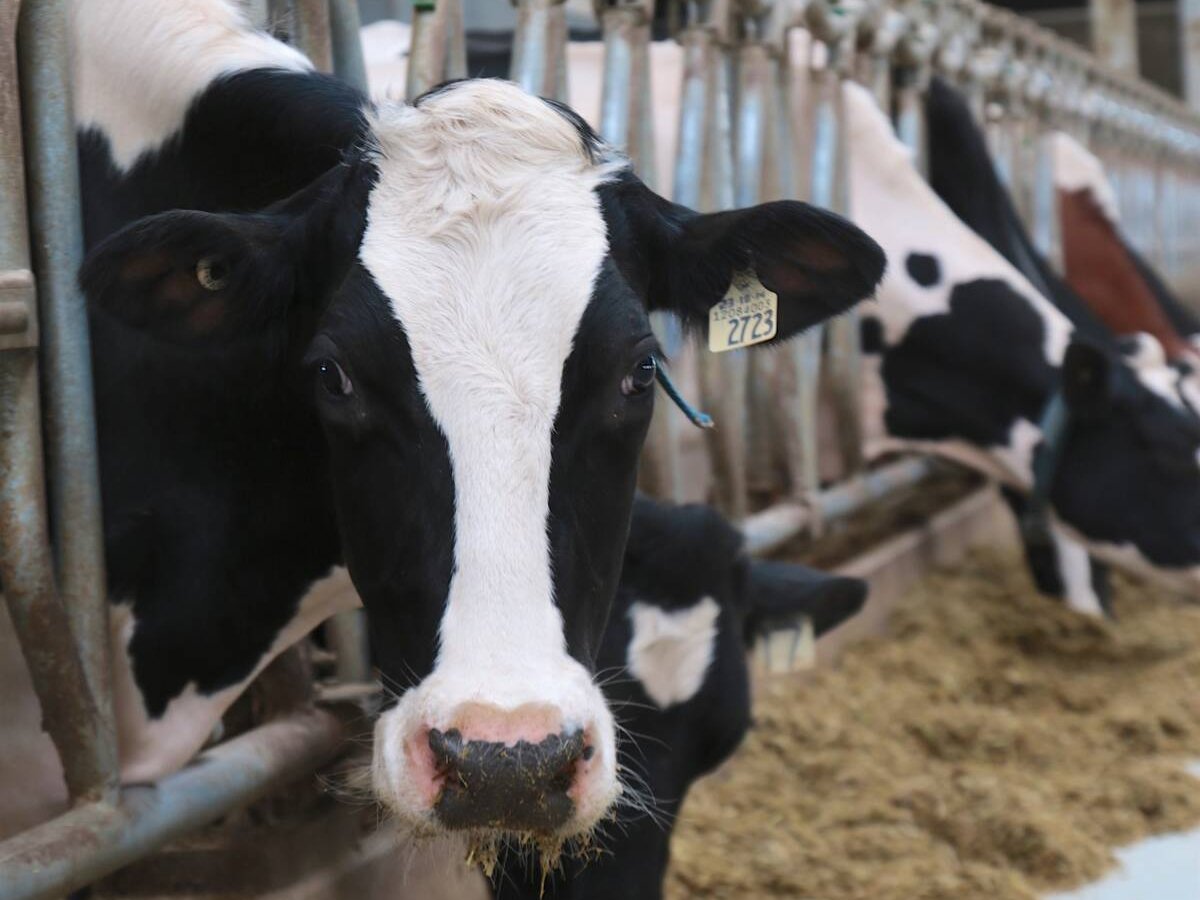Canola sales have been brisk for the first few months of the 2000-2001 crop year.
Grain traders exported 343,600 more tonnes of canola in the first 11 weeks than they moved during the same period last year.
They attribute the 53 percent increase in business to the huge pile of canola left over from last year and to poor harvests in Europe and Australia.
But better grain movement doesn’t mean better prices, say analysts. It simply means producers should have a good chance to deliver their canola.
Read Also

The Organization for Economic Co-operation and Development lauds Canada’s low farm subsidies, criticizes supply management
The Organization for Economic Co-operation and Development lauded Canada’s low farm subsidies, criticized supply management in its global survey of farm support programs.
Carryover stocks from the 1999-2000 harvest topped two million tonnes, so there was a lot ready to move early in the year.
Fortunately, China has once again purchased a substantial amount of product, which is helping to reduce inventory.
“We’ve got a good jump on China this year compared to last year,” said Lach Coburn, west coast manager for Cargill.
In September 1999, China bought 88,000 tonnes of canola. Last month, it bought 320,000 tonnes.
China has been the second largest importer of Canadian canola for two years in a row. Only Japan buys more. Last year, Chinese importers purchased 1.2 million tonnes of Canadian product.
Major buyer
Some traders think China will top last year’s impressive totals. It has already committed to purchase 900,000 tonnes of Canadian canola before December.
Others aren’t as optimistic.
“I’m not sure we’re ever going to tackle last year’s number,” said Coburn. “But we’re off to a good start anyway.”
China isn’t the only buyer looking for more Canadian canola. Agriculture Canada predicts Mexico will buy 800,000 tonnes, up from 570,000 tonnes a year ago.
Glen Pownall, oilseeds merchant for United Grain Growers, said Mexico will likely crush one million tonnes of canola this year. He said Canada is making inroads into that market at the expense of Europe and Australia, two regions with poor canola crops.
Pownall is forecasting total Canadian exports of 4.3 million tonnes this year. The federal government’s projection is 300,000 tonnes lower, but that would still be a record.
Carryover stocks at the end of the year are estimated at anywhere between 1.1 million and 1.7 million tonnes, which is still uncomfortably high. Coburn said stocks in the range of 600,000 to 700,000 tonnes would be livable.
Access to rail cars hasn’t been a problem, partially because non-board grains have been allocated 40 percent of the car supply this year, versus 30 percent last year.
“We are getting more of the cars, which is good because at least then the grain is being used for vessels that are under way, rather than the other way around where the grain gets out here and we don’t have a program,” said Coburn.
CP Rail is offering a bonus program that has also led to better grain movement. Terminals that meet unload targets are rewarded with extra cars.
The Cascadia terminal was recently rewarded with 100 extra cars – a 10 percent bonus.
“Over a year a terminal that’s handling five million tonnes could handle an extra 500,000 tonnes in that scenario,” Coburn said.
Despite good grain movement early in the year, canola shippers are worried about the inevitable transportation crunch in the coming weeks – a time when everybody wants to move this year’s harvest.
“Everybody’s pretty tight and we’re just starting to feel the crunch now in Vancouver,” said Pownall.
The trade requested 3,000 rail cars for week 13 of the crop year, but it only received 1,000 cars.
“We’re well below what we require for the export demand that’s on the books right now,” Pownall said.















